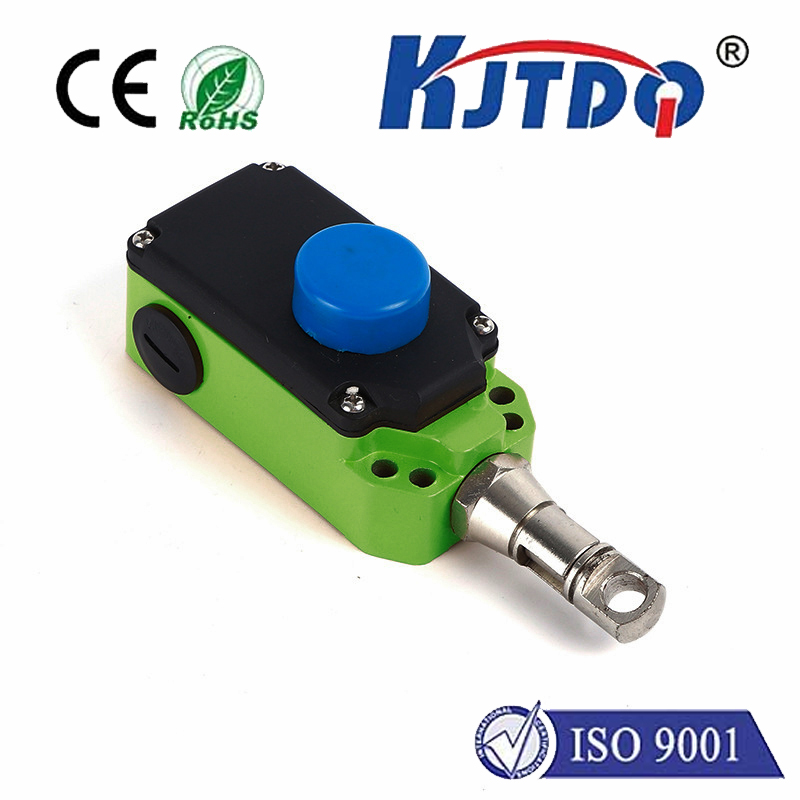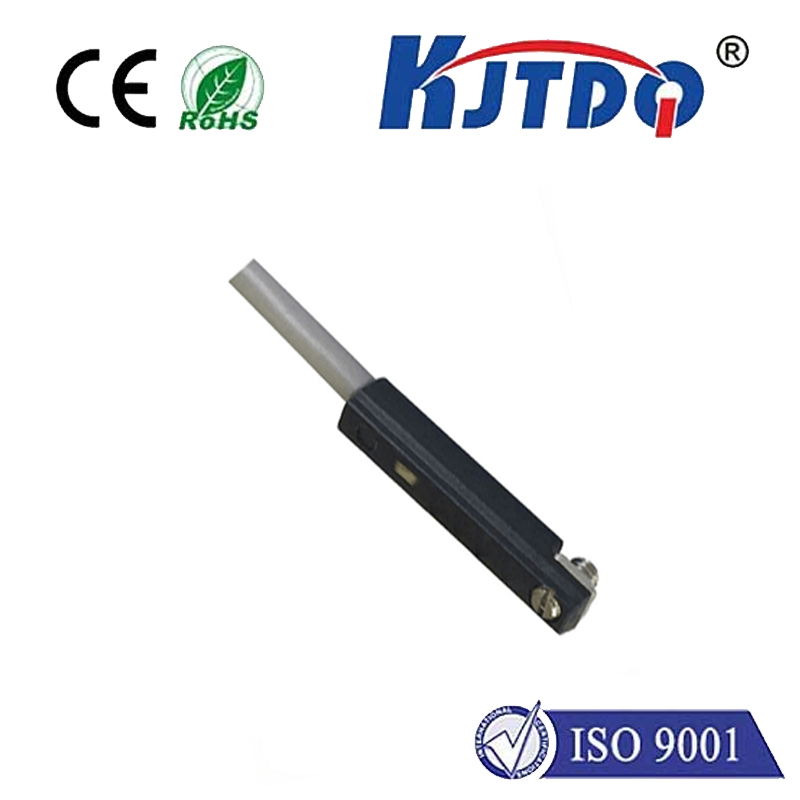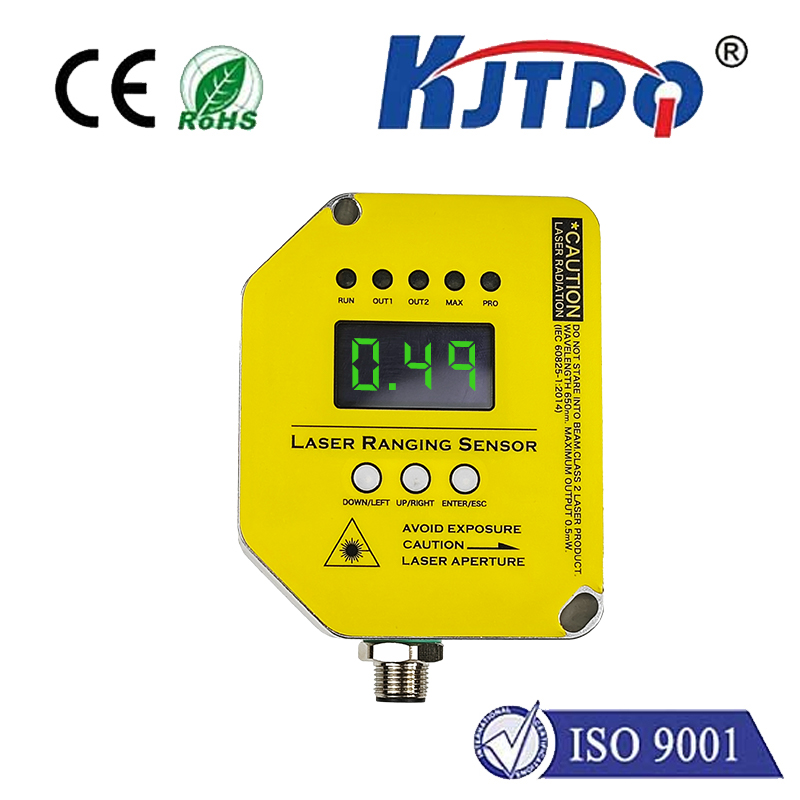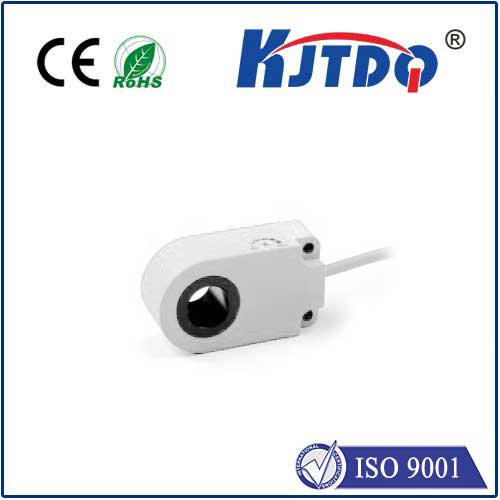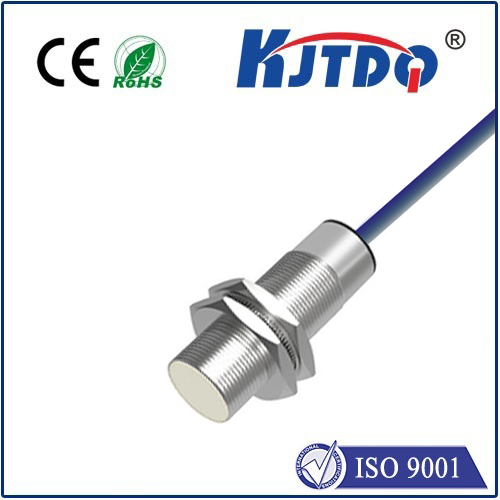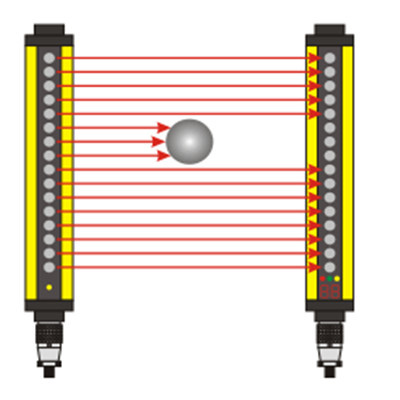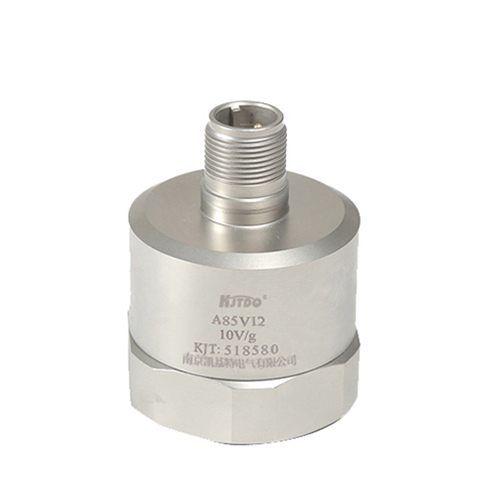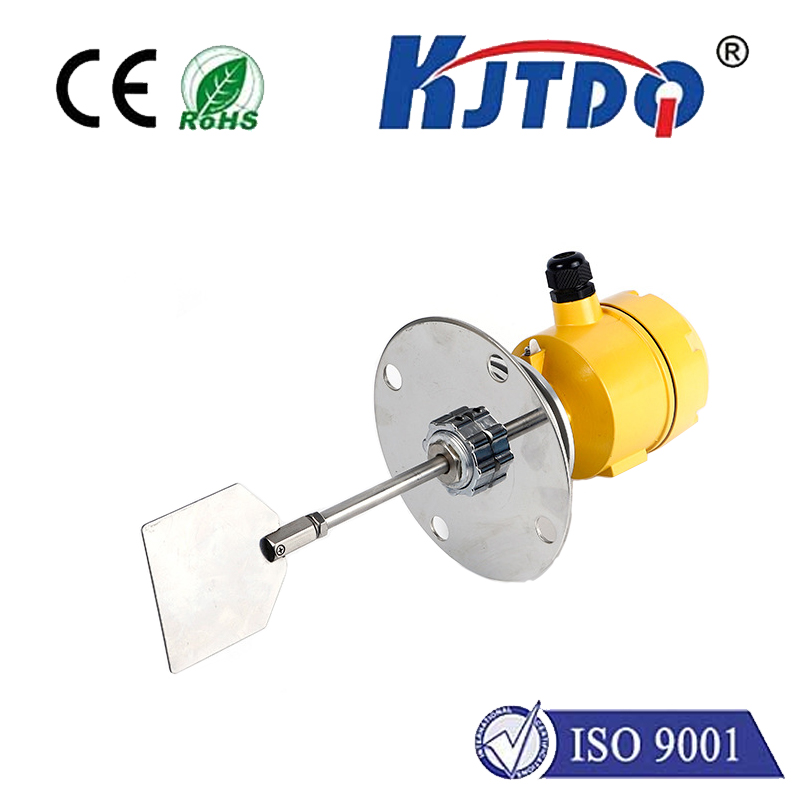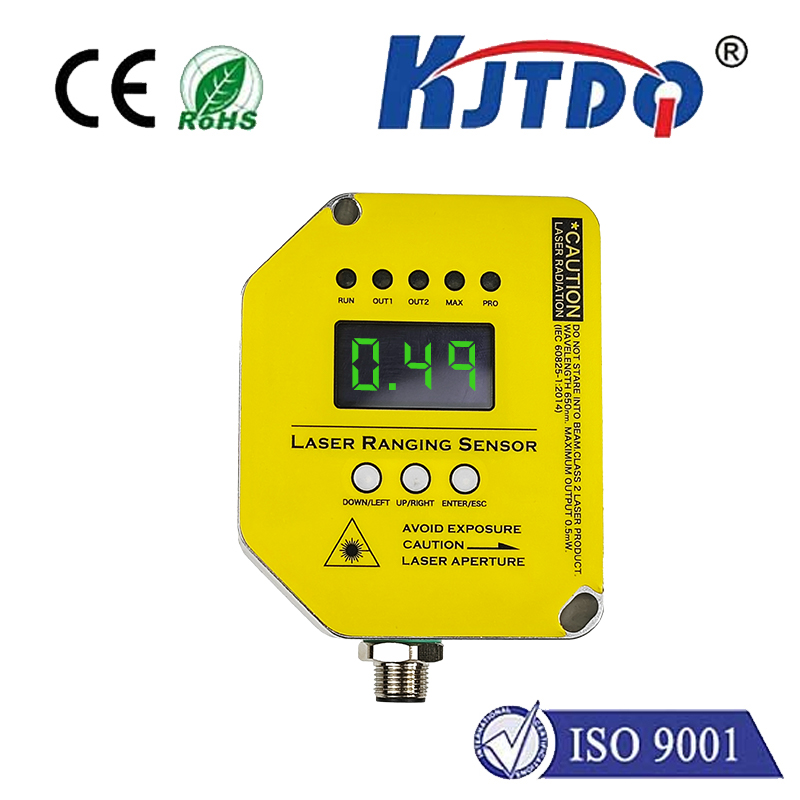240v dc/ac photoelectric sensor switch proximity
- time:2025-09-14 01:19:27
- Click:0
240V DC/AC Photoelectric Sensors: Powering Reliable Proximity Detection in Demanding Environments
In the intricate dance of modern industrial automation, precision and reliability are non-negotiable. Machines must “see” objects accurately, trigger actions flawlessly, and withstand the rigors of harsh electrical environments. This is where the robust capabilities of 240V DC/AC photoelectric sensor switches truly shine. Designed to operate directly on common high-voltage industrial power lines, these sensors offer a compelling solution for reliable proximity detection where standard low-voltage (like 24V DC) sensors might falter. Let’s explore why these high-voltage workhorses are essential tools in specific industrial applications.
Photoelectric sensors, fundamentally, operate on a simple yet powerful principle: they emit a beam of light (visible, infrared, or laser) and detect changes in that beam caused by the presence or absence of an object. The core components are an emitter (light source) and a receiver (light detector). Depending on the sensing mode – through-beam, retro-reflective, or diffuse – the receiver interprets either the interruption of the beam or the reflection of light off a target. This detection event is then converted into an electrical switch signal, typically opening or closing a circuit to control machinery, trigger counters, or signal a PLC (Programmable Logic Controller).
So, what sets the 240V DC/AC photoelectric sensor apart? As the name implies, its defining characteristic is its power supply compatibility. These sensors are engineered to operate directly from 240 Volts Alternating Current (AC) or Direct Current (DC), the very same voltage commonly powering heavy machinery, large motors, and lighting systems in factories worldwide. This high-voltage operation delivers distinct advantages:
- Simplified Wiring and Reduced Costs: Eliminating the need for separate, dedicated low-voltage power supplies (like 24V DC transformers) is a major boon. Installers can tap directly into the ubiquitous 240V AC or DC power lines already present at the machine or point of installation. This drastically reduces wiring complexity, saves space in control cabinets, and lowers the overall Bill of Materials (BOM) cost.
- Enhanced Immunity to Electrical Noise: Industrial environments are often electrically noisy, filled with electromagnetic interference (EMI) generated by large motors, variable frequency drives (VFDs), welding equipment, and switching power supplies. High-voltage sensors inherently possess greater immunity to this electrical noise compared to their low-voltage counterparts. The 240V signal level is significantly higher than typical noise voltages, making the sensor’s output signal more robust and less prone to false triggering – a critical factor for maintaining process uptime and product quality.
- Longer Sensing Distances (Potential): While not universally true for all models, the higher operating voltage available internally can sometimes enable the design of emitters with higher light output intensity. This can translate into potentially longer usable sensing ranges, particularly beneficial in diffuse or retro-reflective modes where reflected light signals can be weak over distance.
- Direct Integration: For systems predominantly running on 240V control logic (though less common today than PLC-based 24V systems, but still present in legacy or specific equipment), these sensors integrate seamlessly without any signal level conversion required.
When discussing the switch aspect within “photoelectric sensor switch proximity,” it refers to the sensor’s output function. Upon detecting an object within its specified proximity range, the sensor acts like an electrical switch. This switch output (often a solid-state relay like a Triac for AC or transistor for DC) changes state – typically changing from “Off” (Open circuit) to “On” (Closed circuit), or vice-versa (NO/NC configurations). This clean electrical signal interfaces directly with PLC inputs, relay coils, solenoid valves, alarms, or indicator lights, triggering the desired action in the automated process.

Proximity in this context refers to the sensor’s ability to detect an object without physical contact. Unlike mechanical limit switches, photoelectric sensors use light to non-invasively sense presence, position, or features of objects passing within their effective detection zone. The “proximity switch” label emphasizes this non-contact detection capability inherent to photoelectrics.
Key Applications Leveraging 240V DC/AC Photoelectric Sensors:
The unique strengths of 240V photoelectric sensors make them particularly suited for demanding industrial scenarios:
- Heavy Machinery Integration: Directly powering sensors from the machine’s existing 240V AC/DC control circuits simplifies retrofits and new builds on presses, CNC machines, large conveyors, and packaging lines. The high noise immunity ensures reliable operation near powerful motors and drives.
- Material Handling Systems: Detecting packages, pallets, or products on high-speed conveyors, especially in environments with significant electrical noise from drives and motors. Their robustness helps maintain detection accuracy crucial for sorting, counting, and routing.
- Robust Outdoor or Harsh Environments: Applications exposed to temperature extremes, moisture, or high levels of EMI (like near welding stations or large transformers) benefit from the sensor’s inherent noise immunity and ability to function without vulnerable external power adapters.
- Legacy System Upgrades: Modernizing older control systems that operate primarily on 240V logic can be streamlined by using sensors compatible with the existing voltage infrastructure.
- High-Intensity Light Environments (Requires Careful Selection): While challenging for any photoelectric sensor, specialized high-voltage models with robust optics and modulation techniques can be selected to operate reliably in areas with strong ambient light, provided the specific sensor specs are carefully matched to the application. Look for features like powerful modulated light beams.
Important Technical Considerations:
- Safety First: Working with 240V circuits demands strict adherence to electrical safety protocols (Lock-Out/Tag-Out, qualified personnel, proper PPE). Sensor housings must provide adequate IP ratings for the environment (e.g., IP67 for washdown areas). Always follow manufacturer installation guidelines.
- Output Type: Confirm the output configuration (NPN/PNP, NO/NC) and current/voltage ratings match the load you are controlling (PLC input module, relay coil, etc.).
- Sensing Mode & Range: Choose the appropriate mode (through-beam, retro-reflective, diffuse, background suppression – BGS) based on the physical setup, target characteristics (color, reflectivity, size), and required sensing distance. Verify the sensor’s rated sensing distance (Sn) meets or exceeds your application needs with an appropriate safety factor. Remember that sensing ranges can be influenced by target color, surface finish, and ambient conditions.
- Environmental Suitability: Ensure the sensor’s housing material (metal or high-grade plastic) and ingress protection (IP) rating are suitable for exposure to dust, moisture, chemicals, or physical impacts. Look for appropriate certifications (UL, CSA, CE, etc.) for your region and industry.
Why Choose a 240V Sensor Over 24V?
The decision often boils down to the specific application requirements:
- Choose 240V when: Simplifying wiring by eliminating the need for a separate 24V power supply is a high priority, superior immunity to electrical noise in a harsh EMI environment is critical, or direct integration into an existing 240V control system is necessary.
- Choose 24V when: Lower operating voltages are preferred for safety (especially in accessible areas), integration with modern PLCs (which predominantly use 24V DC I/O) is the standard, or a wider variety of sensor models with advanced features is required (as the 24V market is significantly larger).
240V DC/AC photoelectric sensor switches embody robustness and simplicity for proximity detection tasks in electrically challenging industrial landscapes. By operating directly on high-voltage power






